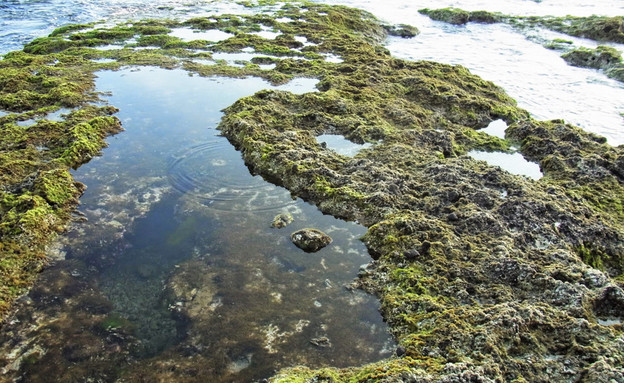Hence, researchers decided to try to treat severe wounds with the help of algae. Plants emit oxygen as a by-product of the process Photosynthesis, and algae emit it as dissolved oxygen directly into the aquatic environment in which they live. Algae will therefore be able to provide wounds with oxygen dissolved in water over time and continuously. However, the idea raises question marks: for example, how will our body react to the presence of foreign organisms, and in particular unicellular algae? Seemingly, it makes a lot of sense for the body to reject the algae and try to attack them, thus creating inflammation and making the situation worse. To test the operation of such a complex system, it is customary to start In animal experiments And only then proceed to human experiments.
Proven efficacy in mice
In an experiment done with mice and published in 2020, Researchers have shown From Nanjing University in China because not only did the bandage carrying algae not cause infection in the wounds of mice, but it also greatly accelerated the healing. The algae bandage developed by the researchers consists of a kind of sticky patch with beads on it Hydrogel And unicellular algae. The hydrogel beads increase the moisture in the bandage, thus helping the algae to grow and thrive. The researchers placed the bandage on the wounds of diabetic mice, That their recovery time from injury is longer than usual. As a control group, the researchers used normal mice, and examined the rate of healing of wounds on their bodies with and without the algae bandage. In addition, the researchers compared the treatment with the algae bandage to the treatment of high-pressure oxygen. The researchers hypothesized that the algae and hydrogel patch enabled the delivery of dissolved oxygen to the wound and thus accelerated healing. They found that with the help of the algae bandage, the wounds of the diabetic mice healed as quickly as the wounds of normal mice, and faster than wounds treated with high-pressure oxygen.
Is dressing effective in humans as well?
It is important to note that the study in humans did not include an algae-free control group, so it is impossible to know whether the treatment accelerated recovery, or whether it simply did not harm patients. This is in contrast to the previous study in mice, which did clearly show that dressing with algae helped heal wounds. In any case, this is a breakthrough: This is the first study to use live unicellular algae to provide oxygen to wounds in humans. The study shows that unicellular algae can be used without eliciting a significant immune response in the patient’s body, and opens the door to further studies that will examine the feasibility of treating humans with unicellular algae.
The new study done in humans, and the study conducted on mice in China, join For other experiments In animals and cell cultures, algae are used for point enrichment in oxygen. Perhaps in the future we will see in the corridors of the hospital, alongside the familiar bags of blood and fluids, also green bags full of algae.
